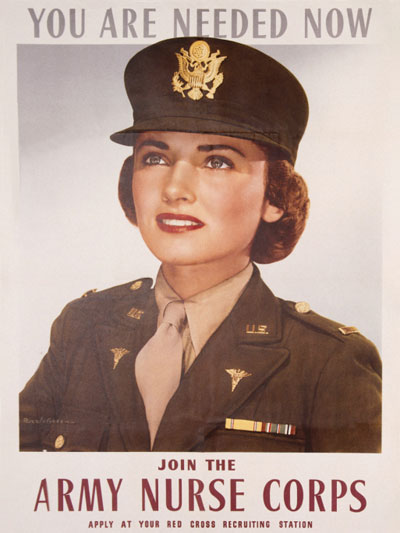Appreciation Marketing

Everyone likes to feel appreciated. That’s especially true when it comes to your customers. Appreciation marketing can help you develop lasting relationships and make customers think of you the next time they’re ready to purchase. Here are a few ways to show customers your appreciation:
- Send a hand-written thank you card every time someone does business with you.
- Reward repeat customers with special deals, exclusive discounts, and coupons.
- Send holiday, birthday, or anniversary cards. These simple, pressure-free greetings will help increase top-of-mind awareness throughout the year.
- Offer useful information and helpful tips to educate customers and promote your expertise via blogs, newsletters, social media, and the like.
- Invite customers to an exclusive appreciation event designed for existing customers.
- Collaborate with non-competitive local businesses to create a coupon book or discount program across a range of industries.
- Create a customer loyalty program, such as a loyalty punch card, upgrade offers, or cash rewards after reaching a specific purchase level.
- Respond quickly to customer questions or requests, and follow-up to be sure all questions were thoroughly answered.
- Ask for customer feedback in the form of surveys and response cards.
- Send out a voucher or postcard for a free gift, redeemable at your business.
- Send discounts and coupons “just because” to thank customers for their business.
- Include statement stuffer coupons with bills not only as a thank you but also to encourage customers to make additional future purchases.
If you’re interested in any of the above print marketing ideas or need help brainstorming the perfect promo to show customers your appreciation, our creative team is eager to help. Give us a call today!





